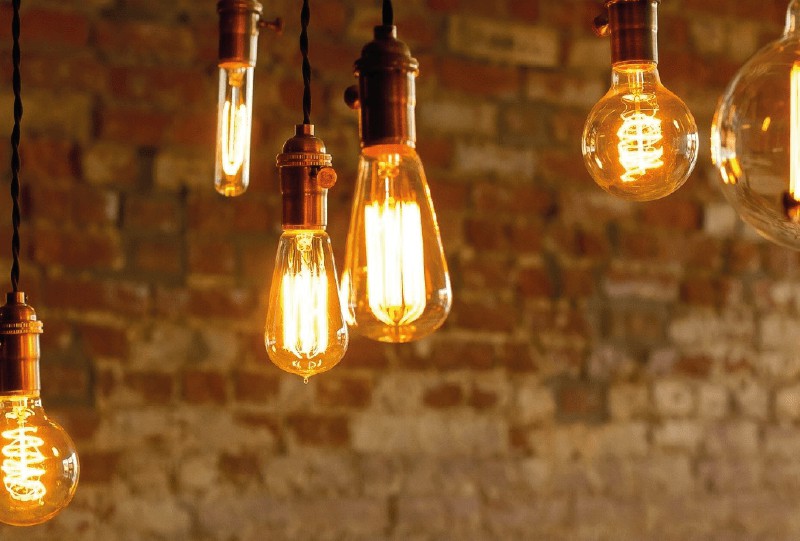Types of LED bulbs and recommendations
Home lighting is an aspect that we often do not consider in detail, but it has a significant impact on our daily lives. LED bulbs have gained popularity for their energy efficiency and long durability, becoming the favorite option to illuminate our spaces. In this post we explain the different types of LED bulbs and their characteristics so that you can choose the most suitable one for your home.

What is LED lighting?
LED (light-emitting diode) technology has revolutionised the lighting market, especially since the ban on incandescent light bulbs. These bulbs work by using electrodes that pass through a semiconductor material, generating light efficiently. One of the main advantages of LED lighting is its high light efficiency, which translates into lower energy consumption and considerable savings on the electricity bill.
LED bulbs have a much longer lifespan compared to traditional bulbs. While an energy-saving bulb can last around 6,000 hours, an LED bulb can last up to 50,000 hours. Although the initial cost of LED bulbs is higher, in the long term they represent a profitable investment due to their durability and energy efficiency.
What are lumens?
Unlike incandescent bulbs, which used to be measured in watts, LED bulbs use lumens as a unit of measurement for the amount of light they emit. For example, a 12-watt LED bulb can generate around 240 lumens, which is equivalent to a 60-watt incandescent bulb. This change in measurement reflects the significant energy savings that LED bulbs provide.
Types of Bulbs
Over time, several types of bulbs have been developed, each with specific features and different energy consumption. Here are the main types:
1. Incandescent Bulbs
These bulbs were the most common before they were banned due to their high energy consumption. Although they are no longer manufactured, some of them have been replaced by more efficient versions that generate less heat and have a longer lifespan.
2. Eco-halogen bulbs
These bulbs consume 30% less energy than incandescent bulbs and produce light very similar to natural light. However, they emit heat, which can be a disadvantage if they are handled directly.
3. Fluorescent or low-consumption bulbs
This type of bulb is known for consuming up to 80% less energy compared to traditional bulbs. However, they take a few seconds to reach their maximum brightness, so they are not recommended for areas where you need immediate light. They have a lifespan of between 6,000 and 10,000 hours.
4. LED bulbs
LED bulbs are undoubtedly the best option today. They do not contain mercury or emit CO2, making them an environmentally friendly option. In addition, they do not generate heat and provide immediate lighting when turned on. LED bulbs are also available in different color temperatures (warm, neutral or cool light), allowing you to customize the lighting according to the ambiance you want to create.
Advantages of LED bulbs
Among the many advantages of LED bulbs, the following stand out:
- Long life.
- Low energy consumption.
- Zero heat emission.
- Instant on.
- Environmentally friendly and recyclable.
These characteristics make LED bulbs the preferred choice for those looking for efficient, long-lasting and environmentally friendly lighting.
Now that you know the main types of light bulbs and the advantages of LEDs, you can choose the one that best suits the needs of your home, optimizing energy consumption and improving the quality of lighting.





Our customers trust us
Opinions of our clients
Receive our news